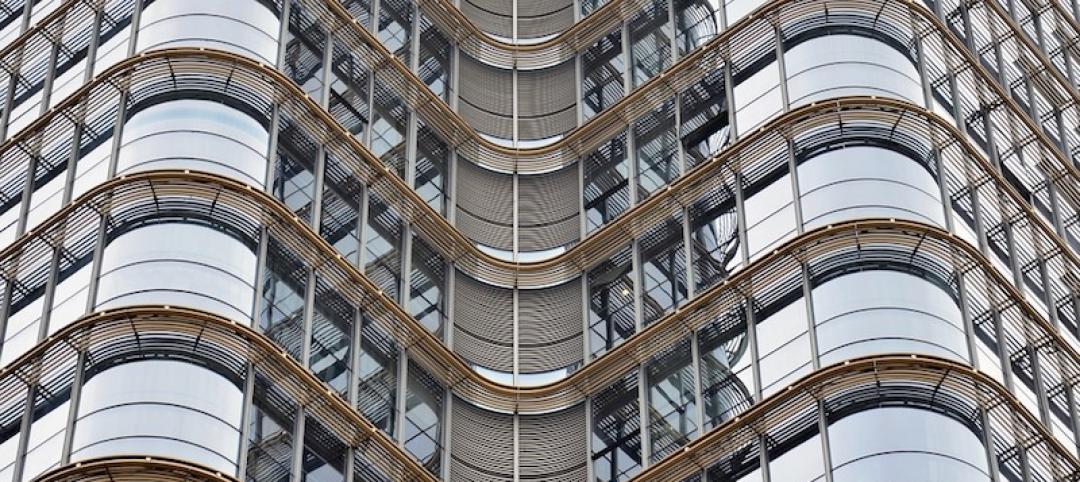Two new net-zero hotel projects could be a sign of things to come for the hospitality industry, which is ripe for efficiency improvement.
The industry comprises about 10% of all commercial real estate in the U.S., and has the highest energy use intensity (EUI) of all CRE sectors. The projects, the William Penn Hotel in San Francisco, and a new boutique hotel in New Haven, Conn., are on target to be the industry’s first net-zero buildings.
The New Building Institute, which tracks net-zero buildings around the country, says it has no verified net-zero hotels on file. New Haven’s Hotel Marcel, at 110,000 sf, will generate 100% of the power it needs for lighting, heating, and cooling, as well as for charging stations for electric cars from rooftop and parking canopy arrays. The green measures will cost about $5 per sf more than a standard-built project, with projected energy savings of about $1 per sf annually.
Developers of the San Francisco project plan to use the building as a lab for startups to test new products. The hotel will also add solar panels and make energy-saving upgrades.
Related Stories
Codes and Standards | Feb 28, 2019
High-income renters now the fastest-growing housing market segment
Growth is fastest in mid-sized cities with strong economies.
Codes and Standards | Feb 27, 2019
Katerra launches software platform for ‘entire lifecycle of the building process’
Firm is accepting industry applicants to test the product.
Codes and Standards | Feb 26, 2019
AAMA updates two specifications for test methods related to seismic drift
For evaluating window wall, curtain wall and storefront systems.
Codes and Standards | Feb 22, 2019
California’s carbon reduction goals to be aided by programs to convert heating, hot water systems
Switch from propane to electricity is critical to plan.
Codes and Standards | Feb 21, 2019
Researchers develop software that can calculate potential solar energy yield at any location
Accounts for dynamic shading from trees, buildings and other structures.
Codes and Standards | Feb 20, 2019
Hospitals not making much progress in reducing their carbon footprint
Energy benchmarking survey shows flat emissions pattern over past 20 years.
Codes and Standards | Feb 15, 2019
Super Bowl stadium helps alleviate Atlanta’s flood problems
Capacity to store more than 2 million gallons of storm water on site.
Codes and Standards | Feb 14, 2019
ISO publishes first global BIM standards
Based on British standard and a publicly available standard.
Codes and Standards | Feb 12, 2019
Property technology adoption accelerates in commercial real estate industry
New business models create disintermediation.
Codes and Standards | Feb 11, 2019
Investing in downtowns pays off for cities, regions
Benefits include driving tax revenue, business activity, and smart development.

















